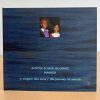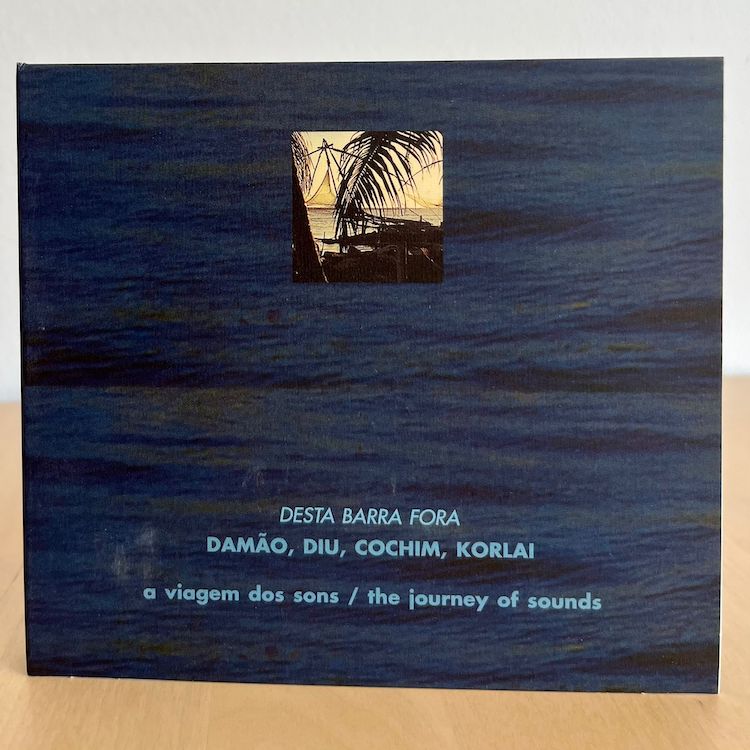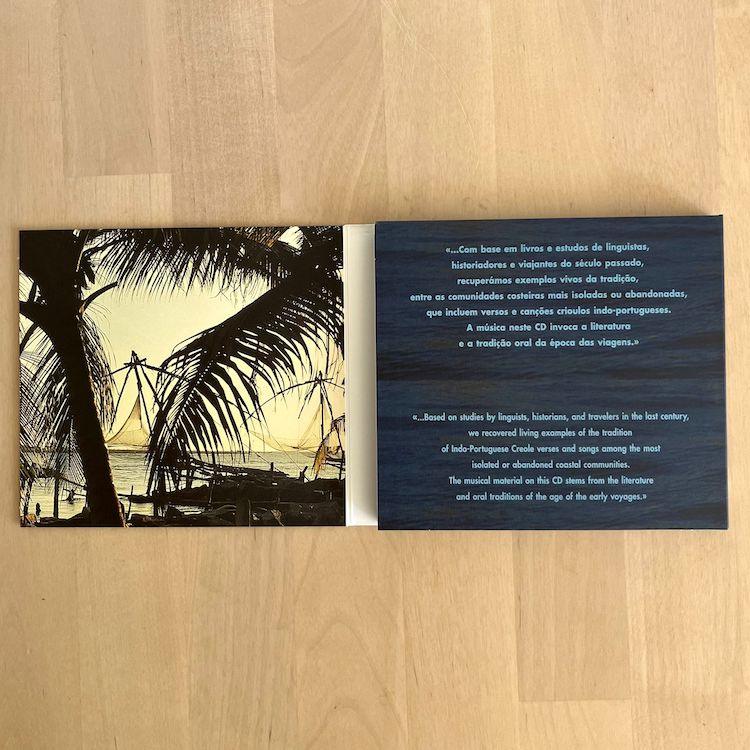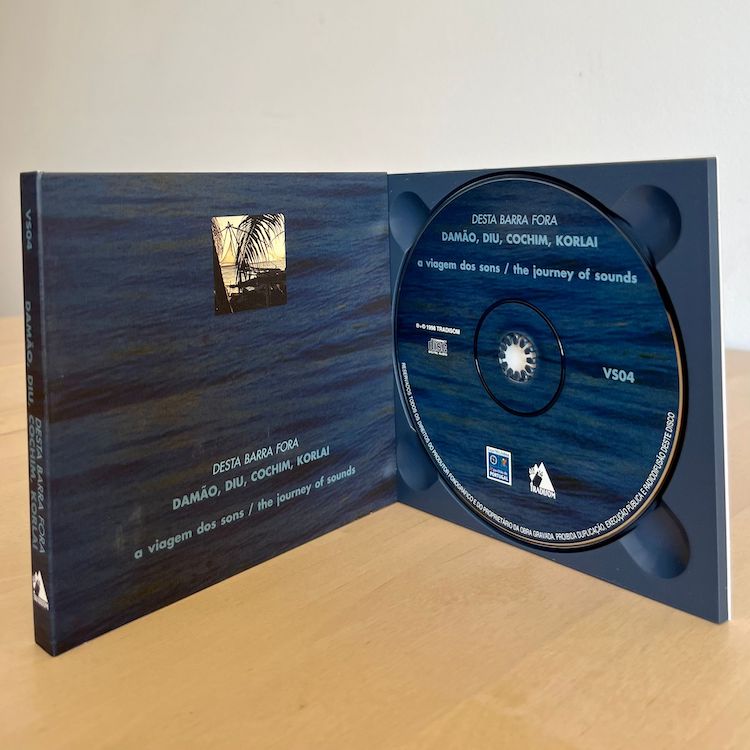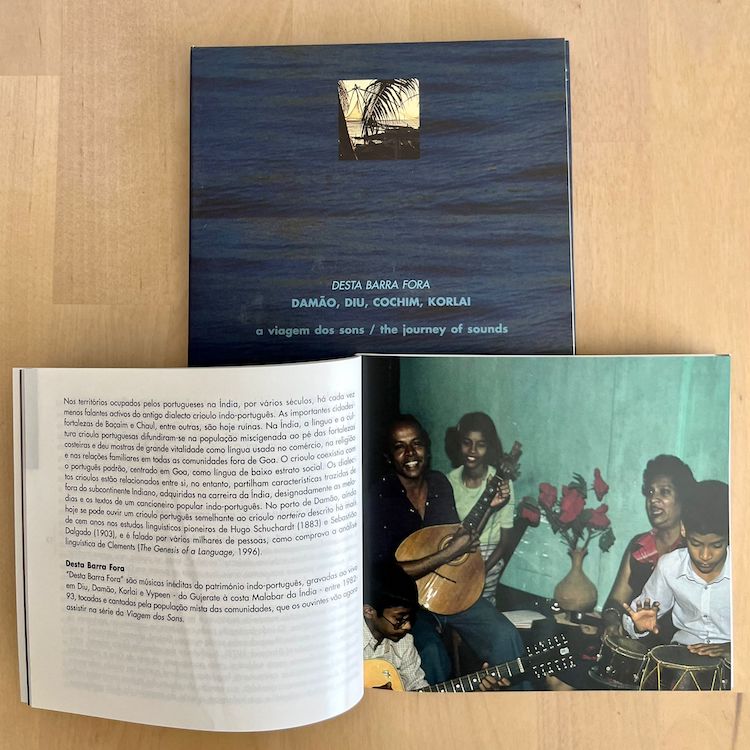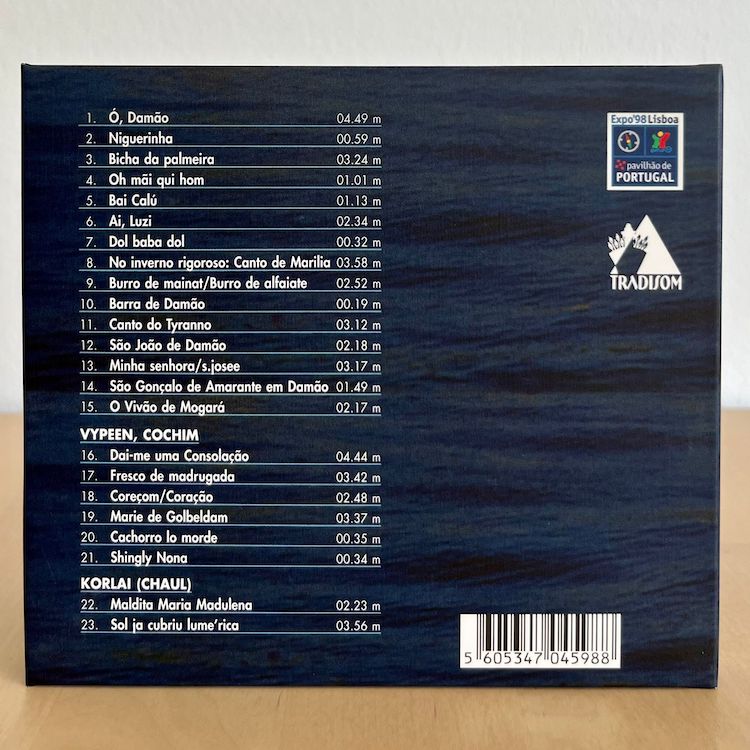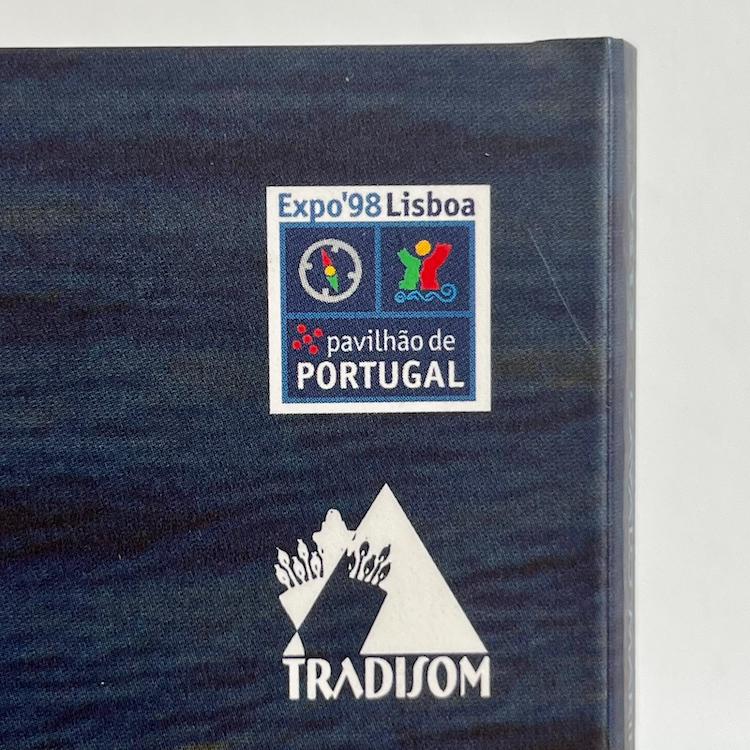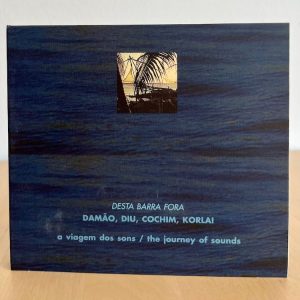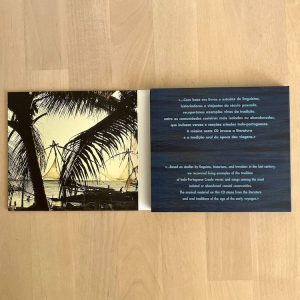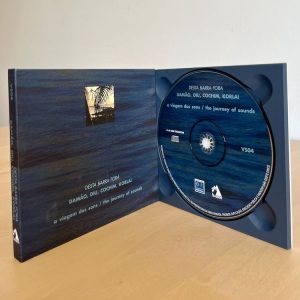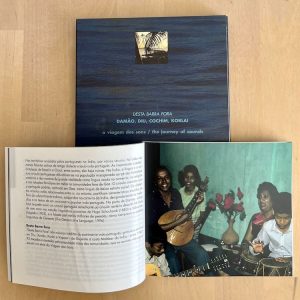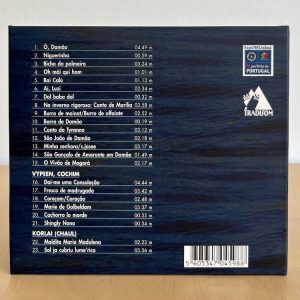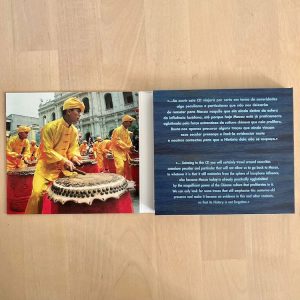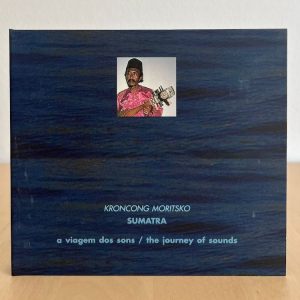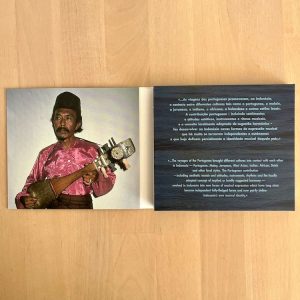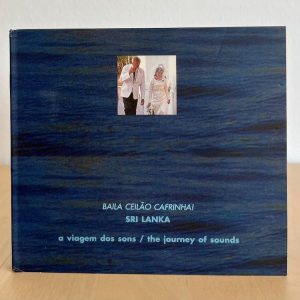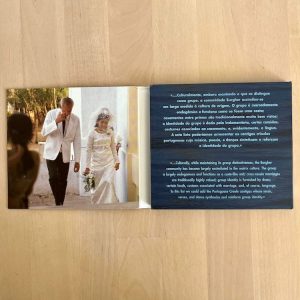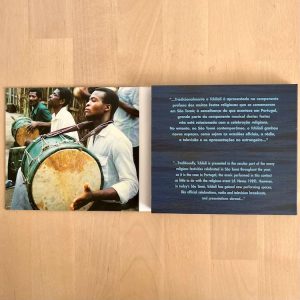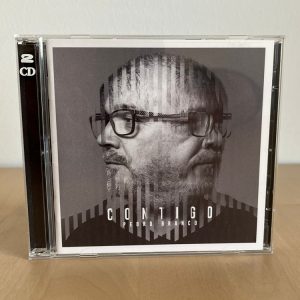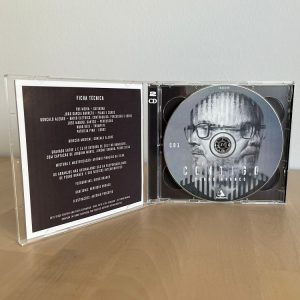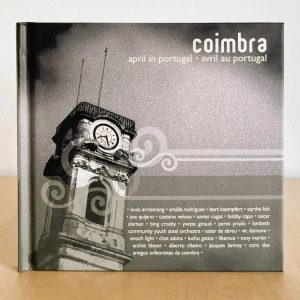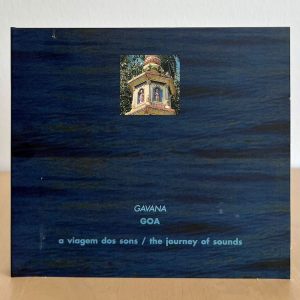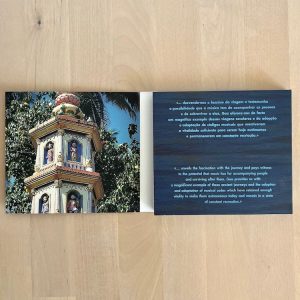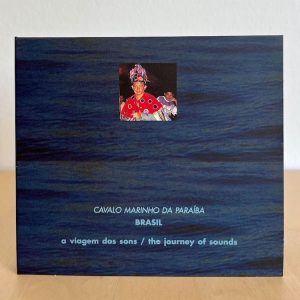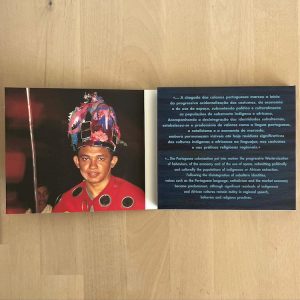A Viagem dos Sons – Desta Barra Fora
5,00€ – 15,00€
[zoomsounds id=”desta-barra-fora”]
Deluxe digipack edition with trilingual booklet (written in Portuguese, English and Indo-Portuguese), featuring 70 coloured pages.
The territories of the old Portuguese India, beyond Goa, where we can still find musical traditions, spread through the coast of Malabar, from Diu, in the Gujerate peninsula, to the port of Cochim, in the state of Kerale. Based on books and linguists studies, historians and travellers from the last century, we have recovered live examples of tradition among the coastal communities who are more far removed or isolated, including verses and Creole Indo-Portuguese songs.
The music featured on this CD evokes both the literature and the oral tradition from the time of discoveries. There is an explanation for the decline of the dialect ot the northern language of Diu: “… due to the shortage of collected and classified material, and to the fact that same dialect grew progressively closer to Portuguese for the past 20 years… its primitive originality has been completely destroyed. Its main hallmarks were the decrease of the Christian population, the near fusion of this population with the Goan element, the influence of the official education and the consequent successive decline of the glottological forms that used to characterize it…”
Language and Music of the Indo-Portuguese Communities The indo-portuguese music is a a true example of the survival, up to the present, of a Northern culture and dialect, both in poetry, traditional verses, prose and oral tales that can still be heard in Diu and Damao, in the village of Korlai, near the old Portuguese fortress of Chaul (Revdanda, Kolaba Dt.) and in the parish of Nossa Senhora da Esperança on the Island of Vypeen, in Cochin. The Indo-Portuguese creoles represent a syncretism of their international sources, in which European thematic and lexical contribution are semiotically translated into a Euro-Asian discourse.
Indo-Portuguese can be considered as parallel to Mallaca’s Portuguese, described by Ian Hancock as European (in lexic), African (in structure) and Asian (in lexic and structure). (Hancock 1975) The influence of the Eastern African cafres, originally introduced by the Portuguese as soldiers through Goa and known as «Kaf», represents a remarkable linguistical and cultural element of the Indo-Portuguese Creole. Dancing, love, pregnancy and food are some of the topics built by the Eastern Coast Africans that embody the vision of the Portuguese Asia’s narrator. In the territories occupied by the Portuguese in India for many centuries less and less people speak the ancient Creole Indo-Portuguse dialect. Once important fortress-cities, Baçaim and Chaul are now mere ruins. In India, the Portugese Creole language and culture spread through the miscigenated population near the coastal fortresses and proved to be highly vital as a language used in commerce, religion and familiar relationships in all communities outside Goa. Creole use to coexist with pattern Portuguese, centered in Goa, as a language of a low social class. The Creole dialects are connected to each other, however they share some features they absorved from outside the Indian subcontinent, adquired on the route of India, namely the melodies and texts of a Popular Indo-Portuguese Songbook. In the port of Damão you can still listen to a Portuguese Creole similar to the Northern Creole described over one hundred years ago in the pioneer linguistical studies by Hugo Schuchardt (1883) and Sebastião Salgado (1903), which is spoken by several thousands of people, as proved by the linguistical analysis of Clements (The Genesis of a Language, 1996).
| Weight | N/A |
|---|---|
| FORMATO | CD, MP3 |
Related products
Discos
Discos
Discos
Discos




